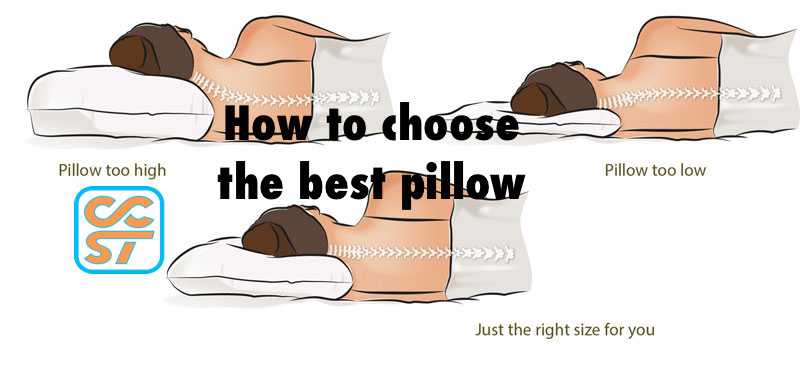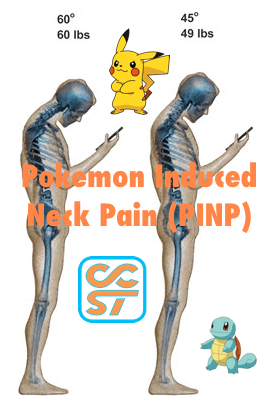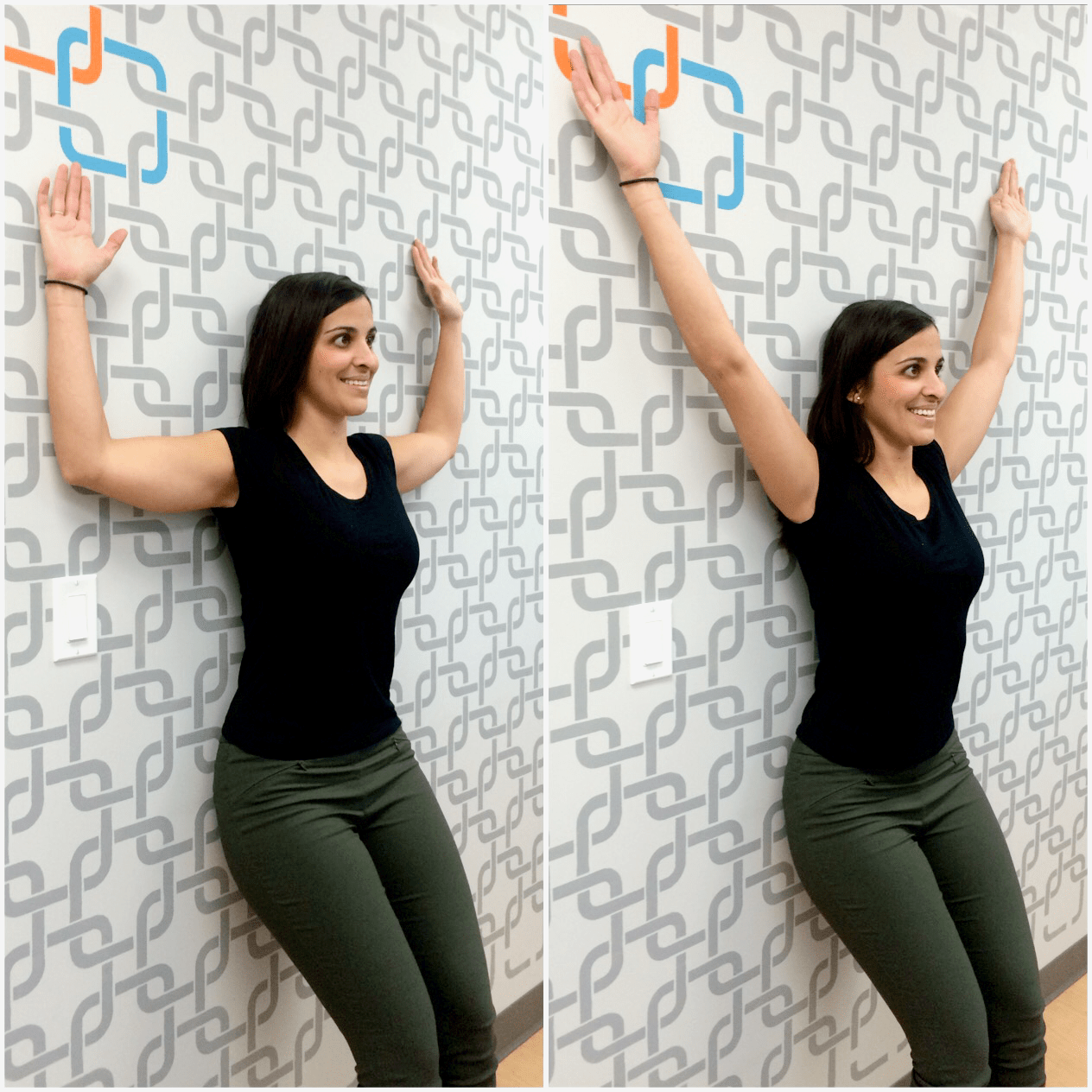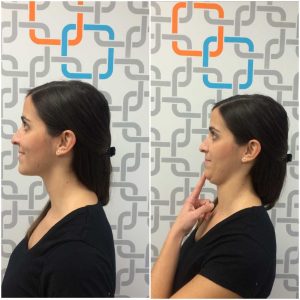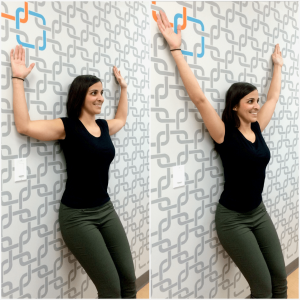Now that Dr. Kangarloo has educated you on the most optimal sleeping positions, I thought it would be great to follow up with some advice on how to choose the best pillow.
Picking a pillow can be a daunting task and that is because we are all made/shaped differently. It always surprises me why there is such a huge selection of pillows available but so little about how to choose the right one. Most people tend to choose which feels the most comfortable or what seems to be something that sounds fancy but that is the wrong approach.
When narrowing down your choices, think about your main sleeping position. It is recommended that your pillow support the natural curvature/alignment of your spine to offer the best comfort and support (too thick will flex your neck up/forward and too thin will extend your neck/tilt back). You want the goldilocks setting, jjjjust right!
These generalizations can be made:
Face down: Thin pillow, soft fill
Face up (or all positions): Medium pillow, mid to firm fill
Side Sleeper: Thick pillow, firm fill
Natural fill: Usually feather and/or down. These pillows need to be reshaped after use but offer great comfort and a luxurious feel. Hotels typically use natural fill pillows for their plushness and versatility. Tend to be more expensive than most pillows due to their sourcing and cost of materials. Another con is that due to the natural materials these pillows wear out the fastest as the natural material can break down over time. These however, are my choice as the most comfortable and versatile pillow. Also best for pillow fights; feathers everywhere! Good for all sleep types, depending on the amount of fill.
Synthetic: These pillows attempt to create a natural fill feel for far more value. They can range from a fluffy teddy bear stuffing type of fill to a more gel-like feel. The firmer synthetic pillows tend to be more of the gel type material so they are plush but do not need to be readjusted/fluffed as much as a natural fill pillow. They do have a more artificial feel than natural, which I find hard to explain (they almost push back more than they surround, if that makes sense). Good for all sleep types, depending on the amount of fill. Easily the most cost effective, available and popular of all pillow types.
Memory foam: This material does not need to be adjusted at all. It is designed to rebound back on its own after use. These pillows are not plush and offer more of a firm support. Probably the best pillow if you sleep a certain way all the time and you can find the right fit. Typically I do not suggest the pre-contoured ones as these pillows are contoured the same for everyone; so how do you know the contoured the pillow company decided is the one that fits your neck. Accordingly, choose a gentle contour if this is your preferred material. I do not recommend these pillows at all for children, as the contoured pillow design is more shaped for the adult neck. Usually best for side and back sleepers. Ideally a good idea but not practical in my opinion. Can also be expensive and gimmicky.
Water: Water pillows offer support/firmness of memory foam and the versatility of a natural/synthetic fill. The reason is because water is not only soft but moveable; based on the position you are in, the water will move into the areas that allow your head to rest while moving into and bolstering the areas your head is not. It also offers the most customization of all the pillows as you choose how much water to put in based on your comfort and main sleeping style. These pillows get heavy due to the high amount of water you add and a lot of people worry about swishy sounds of water or leaks but those concerns are minimal/rare. Do not use these for pillow fights as they will definitely give you a concussion. Good for all sleep types as you are in control with the amount of fill.
Other: This includes beads, seeds/organic material (ie. buckwheat) and other. Typically these tend to fall more into a synthetic (cost effective and plush) or memory foam (firm/supportive) type category. These pillows are more gimmicky and tend to be featured on TV infomercials and at trade shows. From my experience, less people tend to find success with pillows like this. Usually best for side and back sleepers.
Personally, I have had the most success with a natural fill pillow as the comfort and luxury they provide is greater than the other pillow types. I also sleep in all of the sleeping positions so I go with a medium fill as it is the most versatile for all sleepers. I found my ideal pillow by sleeping on it at a hotel one day and liking it so much that I followed up with the hotel so I could track it down. I have found good pillows to be incredibly hard to find so if you find one make sure you get it!
However, I do recommend water pillows often, as people who tell me that they can never find a comfortable pillow tend to do very well with a water pillow. Ideally, water pillows offer the best in terms of customization, as they are the only pillow I am aware of that you can change/modify based on your specific size and shape. We also sell these at CCST (and they make an excellent Xmas gift, nudge nudge).
From a full disclosure standpoint, I have never tried a water pillow myself, as I like the pillow I currently have and thus it is not worth messing with that. I have tried synthetic, memory foam, bead and buckwheat pillows and personally did not like them (synthetic is not bad and I can comfortably sleep on one, but I prefer the plush feel of a natural fill).
Pillows are definitely something you should invest in (all bedding as far as I am concerned) as you use it more than practically any other product! Treat yourself and understand you get what you pay for; a cheap pillow will likely have cheaper results. In terms of cost, I have found that a good pillow will range between $60-120. The main drawback is it is very hard to find something that is worth investing in without wasting your money, but when you find a winner, oh boy the sleep will be glorious!
Hopefully this gives you some tips on how to make a better decision. Good pillow talk!
Written by Dr. Alim Kara BSc, DC
